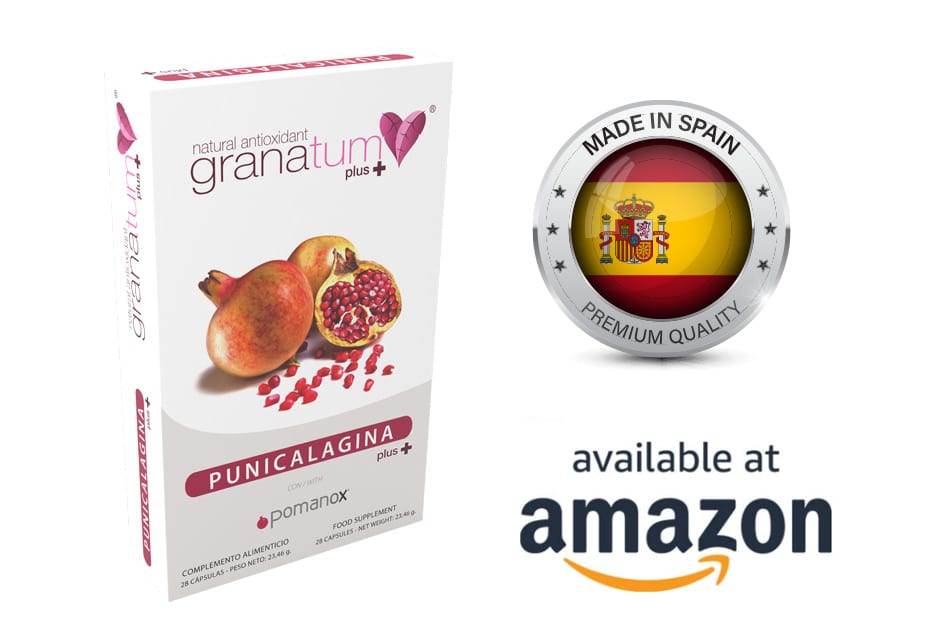
In summary, our study suggests that pomegranate compounds reduce the formation of AGEs and one of the mechanisms of such anti-glycation effect could be related to their trapping abilities of reactive dicarbonyl species.
COUNTRY: US
CONDUCTED BY: Department of Biomedical and Pharmaceutical Sciences University of Rhode Island Kingston RI United States; Department of Chemistry University of Rhode Island Kingston RI United States.
PUBLISHED ON: The FASEB Journal
RESEACH:
Advanced Glycation Endproducts (AGEs) are a heterogeneous group of molecules produced from the non-enzymatic condensation with reactants typically including a reducing sugar and a protein. The accumulation of AGEs in vivo plays an important role in the pathology of long-term complications in diabetes. Inhibitors of AGEs, especially polyphenols which are antioxidants from dietary sources, have shown immense potential for diabetes mellitus management. The objectives of this study were: 1) to evaluate the inhibitory effects of pomegranate (Punica granatum) fruit polyphenols, namely, punicalagin (PA), ellagic acid (EA) and gallic acid (GA), on the glycation of bovine serum albumin (BSA) using D-fructose and methylglyoxal as glycating agents, and 2) to investigate the mechanisms of anti-glycation effects of these pomegranate polyphenols by quantifying the levels of reactive dicarbonyl species in glycated BSA solutions. The HPLC and fluorescence spectroscopy data revealed that the pomegranate compounds showed more potent inhibitory effects on BSA glycation than the positive control aminoguanidine. Moreover, pomegranate compounds also exhibited carbonyl scavenger reactivity by reducing the level of methylglyoxal, a dicarbonyl compound known as an AGE precursor. In summary, our study suggests that pomegranate compounds reduce the formation of AGEs and one of the mechanisms of such anti-glycation effect could be related to their trapping abilities of reactive dicarbonyl species.
YEAR: 2014
